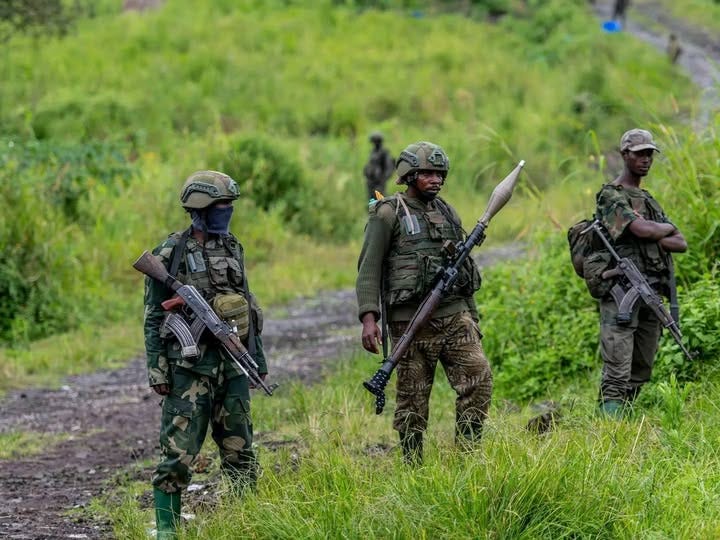The news that the M23 Movement (March 23rd Movement) has captured the city of Goma in the North Kivu province of the Democratic Republic of the Congo (DRC) on January, 28, 2025 caught many people by surprise.
However, there are several key data points to unpack regarding the situation. The first that needs to be addressed is that this is not the first time M23 has captured the city. M23 first occupied the city back in 2012. After concluding a peace deal with the government of the DRC in 2013 the group would disappear for a period of time before reemerging in 2022. It was also in this time frame where M23 once again threatened to capture Goma, but were driven away by a combined force of the Congolese Army, UN Peacekeepers and the FDLR which is comprised of the former Rwandan Military that was responsible for the 1994 Genocide.
So, what events led to the fall of Goma? There has to be one thing to be taken into consideration. In a long campaign both combatants are constantly seeking for a breakthrough so that a new phase can be initiated. The capture of the town of Minova on January 20th may have been the break that M23 desired. Occupying positions in a couple of other towns and in the hills around Minova has effectively given M23 control of Lake Kivu.
The defense of Goma was poorly coordinated. The entities that were entrusted with the defense of the city were the Congolese Army (FARDC) with support from Romanian mercenaries, and UN Peacekeepers bolstered by a contingent of South African troops acting under the auspices of the Southern Africa Development Council (SADC). But things unraveled quickly and within one week M23 was in control of Goma, FARDC had taken serious losses along with several deaths of UN Peacekeepers mostly from South Africa and hundreds of the Romanians captured and being repatriated to their home country by Rwanda.
The chaos of the situation has not been confined to the Congo. On January 27th protestors took to the streets in the Congolese capital of Kinshasa. These protests grew violent and several embassies including that of the United States were attacked by demonstrators. This incident does not bode well for the Congolese government as it likely will be seen as President Tshisekedi may be in a weakened position.
What has been interesting is the reaction in South Africa to the deaths of the South African peacekeepers. The administration of President Cyril Ramaphosa was silent for two full days after the deaths of the peacekeepers was announced. During this time controversy emerged as several reports criticized the South African government for the peacekeepers not being adequately equipped. However, the main factor that was lacking was air support. Previously, the South Africans used the Rooivalk attack helicopter in support of their mission. But this platform has not been used in the DRC since 2022. One of the great “what ifs” that is currently being asked right now is whether the presence of this airframe in the area would have been able to prevent the fall of Goma. Another question that could be asked was whether air cover was a priority. Several senior leaders of the South African Air Force created additional controversy yet again as they were seen having a golf outing during the chaotic final days before Goma was captured.
One of the major concerns is what happens next. The international community has galvanized, calling upon Rwanda to cease supporting M23. However, it is interesting to see pundits speculate over whether or not Rwanda and South Africa will come into direct conflict themselves.
Shortly after the fall of Goma, M23 fighters advanced towards the city of Bukavu, south of Goma, and the group has been issuing press releases stating that they have the goal of marching on Kinshasa. Yet, as of February 4, the group announced a ceasefire as regional leaders negotiate an unsteady peace.



